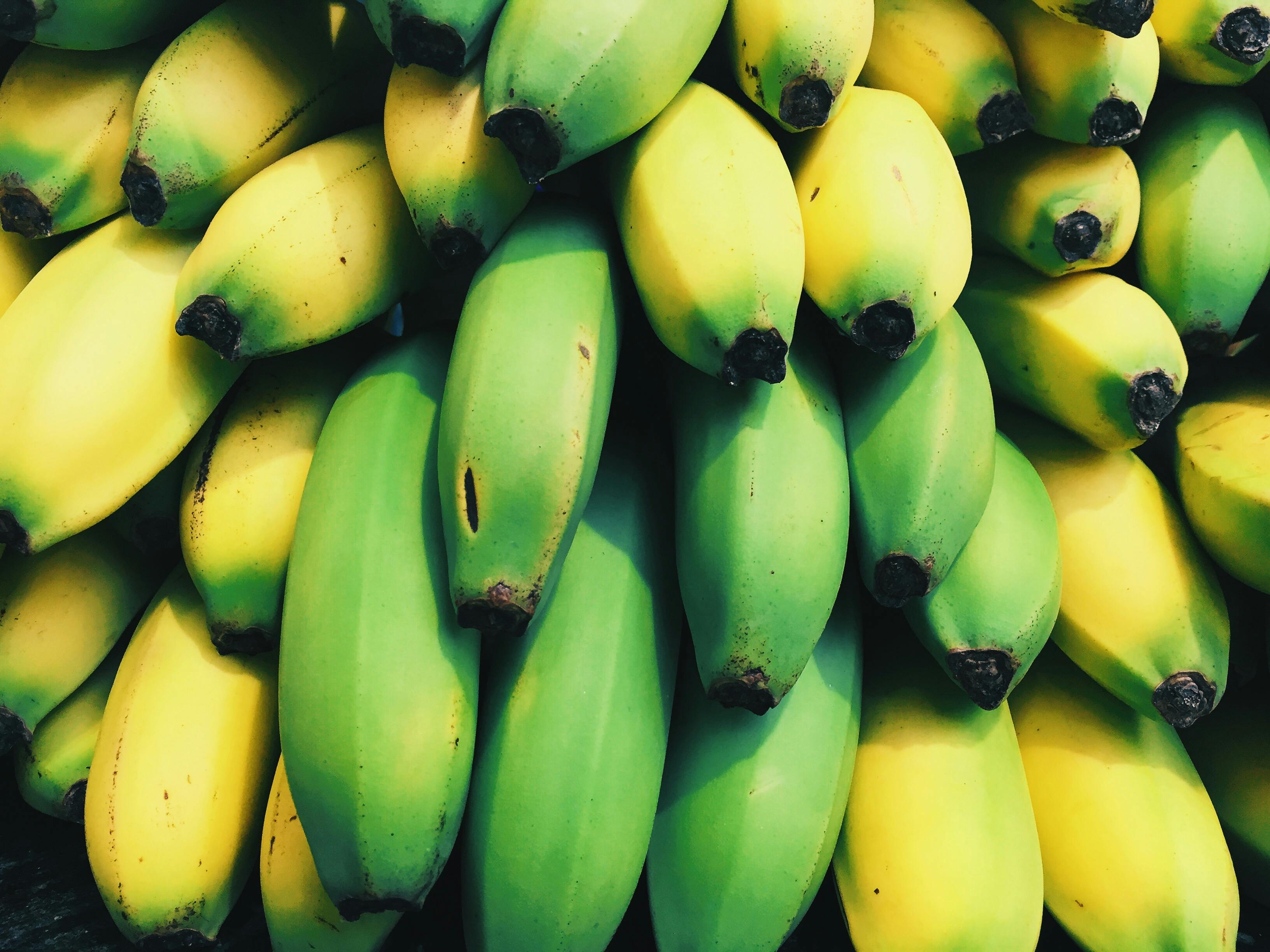Key Takeaways
- Rich Historical Diversity: Bananas originated in Southeast Asia and spread globally, resulting in a wide variety of cultivars with unique flavors, colors, and growth habits.
- Notable Lost Varieties: Cultivars like Gros Michel, Goldfinger, Red Dacca, Blue Java, and Praying Hands once played significant roles in agriculture and culinary traditions but have declined due to various factors.
- Factors Contributing to Decline: Monoculture farming, climate change, pests and diseases, and shifting market preferences towards standardized varieties like the Cavendish have led to the loss of many unique banana cultivars.
- Preservation Efforts: Conservation programs, seed banks, and community-led initiatives are crucial in safeguarding genetic diversity and reviving forgotten banana varieties for future sustainability.
- Importance of Genetic Diversity: Preserving lost banana varieties enhances agricultural resilience, supports ecosystem health, and inspires future innovations in banana cultivation and product development.
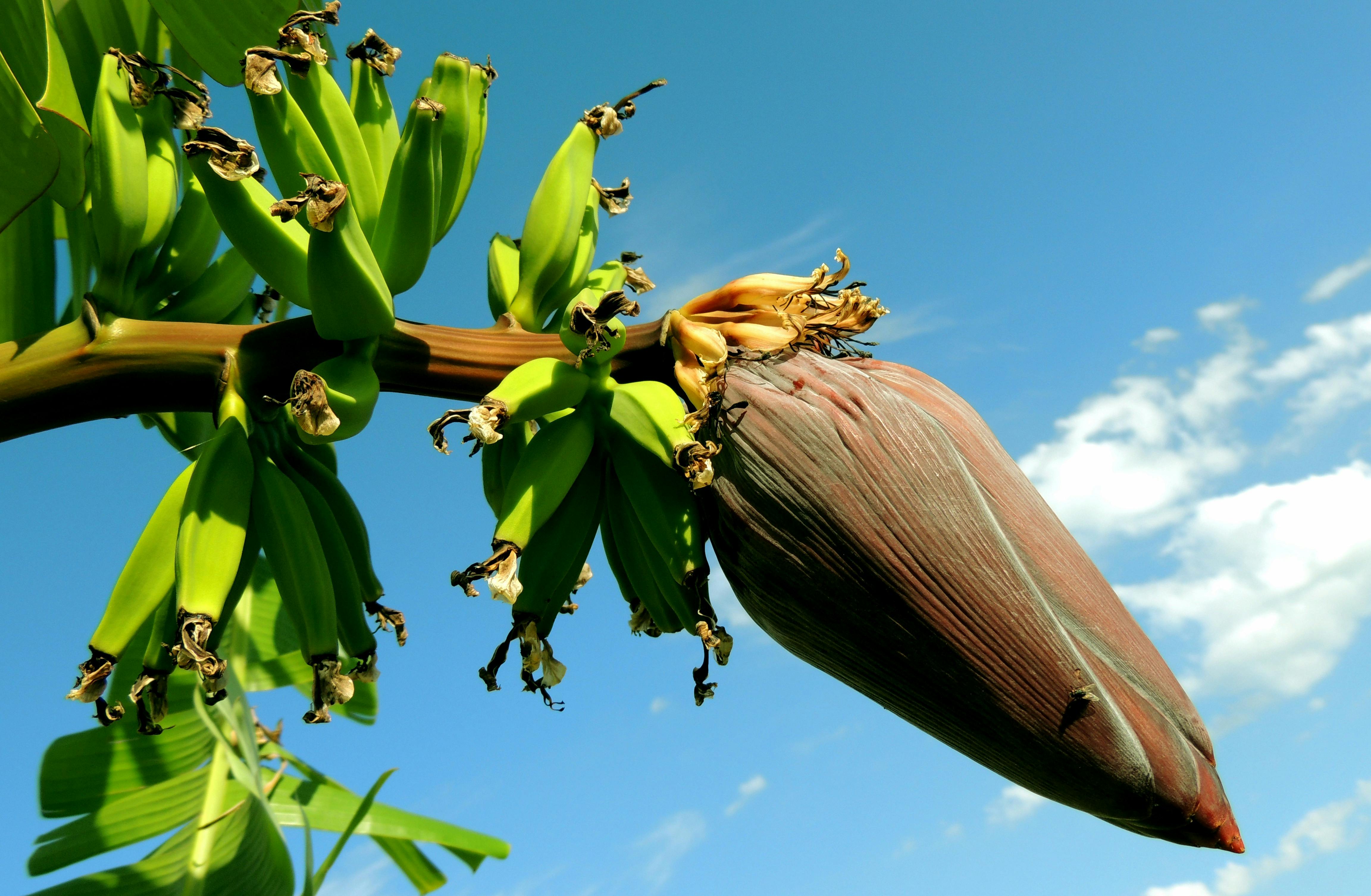
Bananas are a staple fruit enjoyed worldwide, but not all varieties have stood the test of time. I’ve always been fascinated by the rich diversity that once existed in banana cultivars. Today, many of these unique varieties have faded from our orchards, leaving us with just a glimpse of their former glory.
Exploring these forgotten bananas isn’t just about nostalgia. It’s about understanding our agricultural heritage and the potential treasures we might rediscover. Join me as we take a journey through the lost cultivars that once sweetened our lives in extraordinary ways.
History Of Banana Cultivation
Banana cultivation has a rich and diverse history that spans continents and centuries. Understanding its past helps us appreciate the lost varieties and their unique contributions.
Early Beginnings
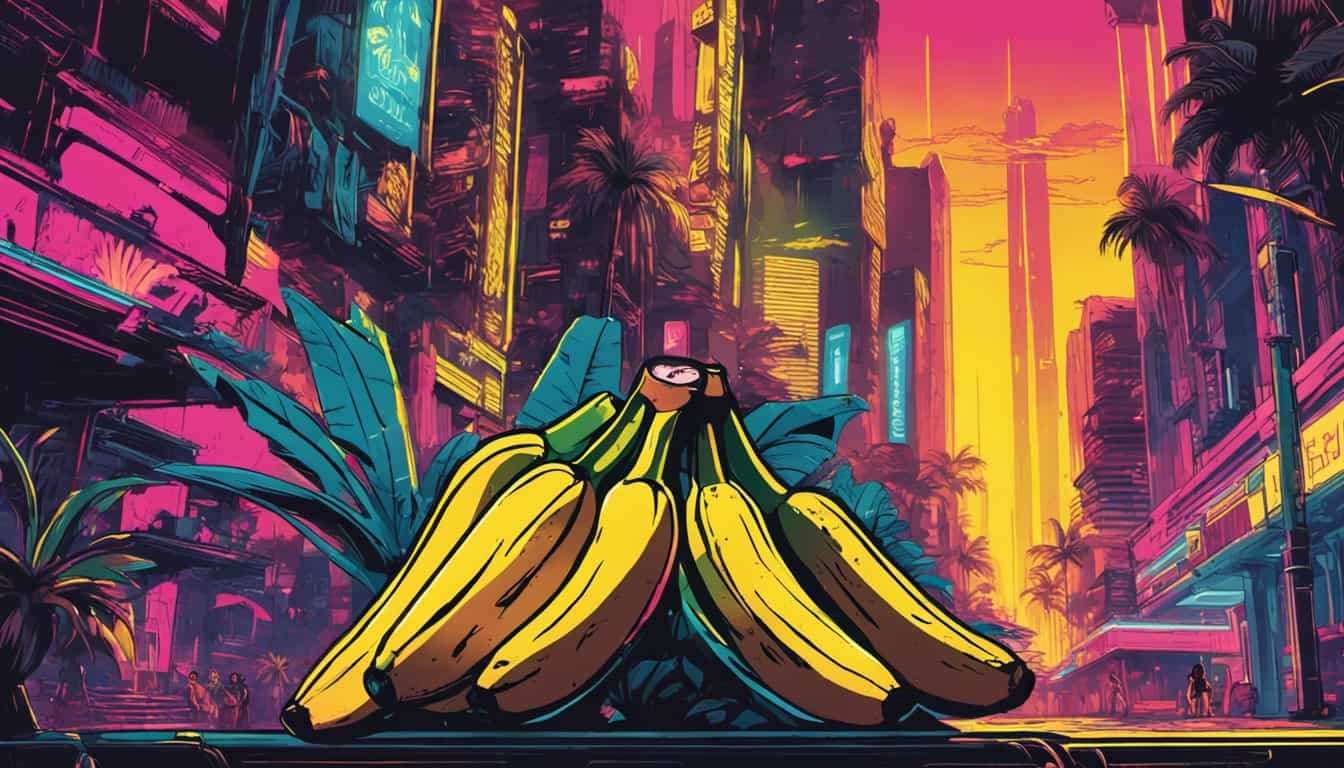
Bananas originated in Southeast Asia, where wild species first emerged over 7,000 years ago. Ancient civilizations in Papua New Guinea and the Philippines began domesticating bananas, selecting traits like size and taste. By 500 BCE, bananas spread to India and Africa through trade routes, becoming a staple in local diets.
Global Spread
During the Age of Exploration, bananas reached the Americas via European traders in the 16th century. Plantations were established in the Caribbean, Central, and South America to meet growing European demand. The development of refrigerated ships in the 19th century allowed bananas to be exported globally, cementing their status as a popular fruit worldwide.
Technological Advances
Advancements in agricultural techniques in the 20th century improved banana cultivation. Techniques like grafting and selective breeding increased yields and disease resistance. The introduction of the Cavendish variety in the mid-20th century replaced the susceptible Gros Michel, shaping the modern banana industry.
Modern Challenges
Today, banana cultivation faces challenges such as climate change and diseases like Panama disease. Efforts to preserve genetic diversity include researching and reintroducing forgotten varieties. These initiatives aim to ensure the sustainability of banana farming and protect its rich heritage.
Overview Of Forgotten Varieties
I’m always fascinated by the rich diversity of banana varieties that once thrived around the world. Exploring these forgotten cultivars reveals a tapestry of unique flavors, colors, and growing habits that have been lost over time.
Unique Characteristics
Forgotten banana varieties exhibit a range of distinctive features that differentiate them from modern cultivars. These include:
- Fruit Diversity: Sizes vary from small, finger-like bananas to larger, plantain-like fruits.
- Flavor Profiles: Taste ranges from exceptionally sweet to subtly tangy, offering unique culinary experiences.
- Color Variations: Beyond the common yellow, some bananas display red, purple, or green hues.
- Texture Differences: Skins can be thicker or thinner, and flesh may be firmer or creamier, affecting their use in recipes.
- Growth Habits: Variations in plant height and fruiting patterns make each cultivar unique in cultivation requirements.
Notable Lost Cultivars
Several lost banana cultivars stand out for their historical significance and unique attributes:
- Gros Michel: Once the dominant export banana, renowned for its rich flavor and resilience before succumbing to Panama disease.
- Goldfinger: Valued for its disease resistance and ability to thrive in diverse climates, offering a sweet and tangy taste.
- Red Dacca: Known for its striking reddish-purple skin and distinct flavor, popular in tropical gardens for its ornamental appeal.
- Blue Java: Famous for its ice cream-like texture and vanilla-scented flavor, making it a favorite for desserts.
- Praying Hands: Characterized by its unique fruit arrangement, where bananas grow in pairs that resemble praying hands.
These cultivars not only contributed to culinary traditions but also played vital roles in agricultural practices before their decline.
Factors Leading To Decline
Several factors contributed to the decline of these unique banana varieties.
Agricultural Practices
Monoculture farming emphasized a few high-yield varieties, reducing genetic diversity. Plantation owners favored cultivars like Gros Michel and Cavendish for their consistent quality and export potential. Traditional farming methods lacked the sustainability needed to maintain diverse banana species, leading to the neglect of lesser-known varieties.
Climate Change And Pests
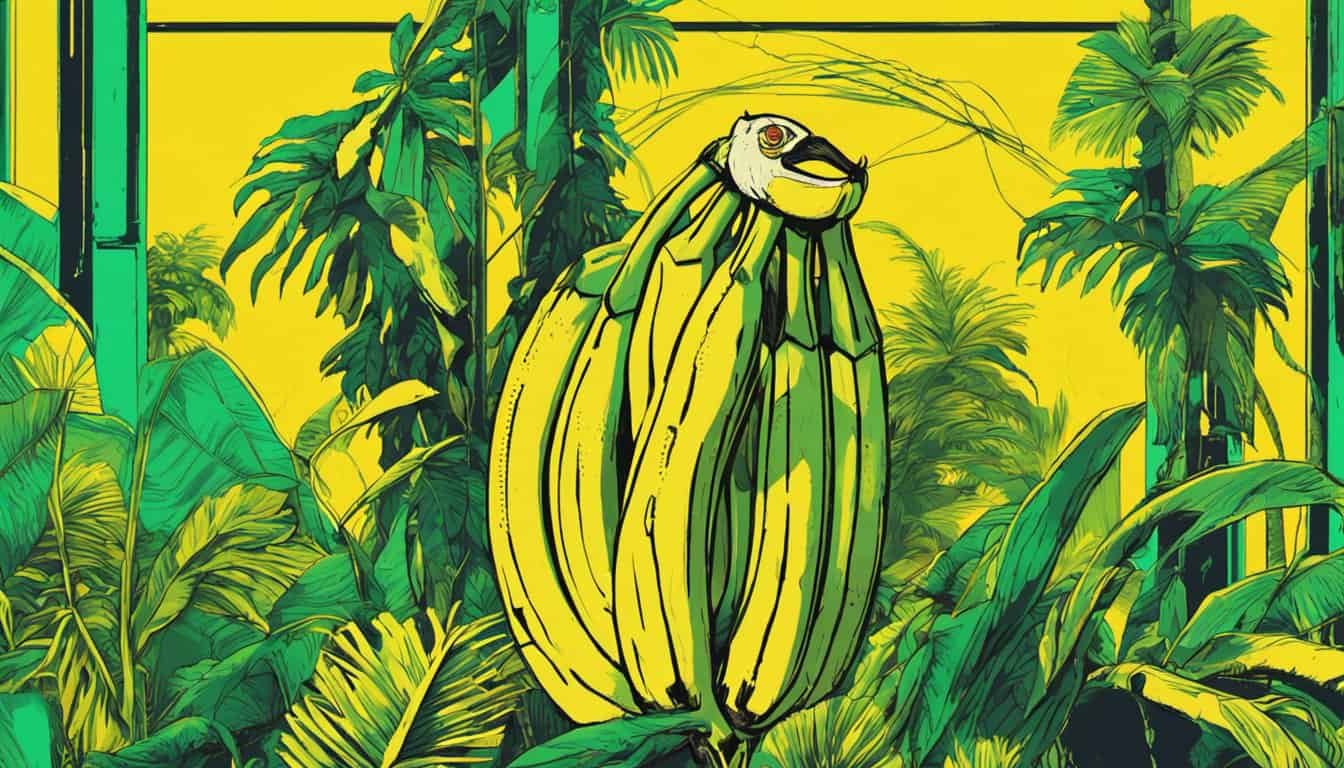
Climate change introduced unpredictable weather patterns, affecting banana growth. Increased temperatures and altered rainfall impacted crop yields. Pests and diseases, such as Panama disease and Black Sigatoka, devastated susceptible varieties. These biological threats were particularly severe for non-dominant cultivars, accelerating their decline.
Market And Consumer Preferences
Market demand shifted towards uniform, aesthetically pleasing bananas, primarily favoring the Cavendish variety. Consumers prioritized availability and shelf life over unique flavors and colors. Supermarkets and distributors preferred standardized packaging, making it difficult for forgotten varieties to compete commercially. As a result, these neglected bananas lost their market viability and fell out of cultivation.
Preservation And Revival Efforts
Preserving lost banana cultivars ensures genetic diversity and agricultural resilience. Revival efforts focus on restoring these unique varieties to cultivation and markets.
Conservation Programs
I actively support various conservation programs safeguarding forgotten banana varieties. Bioversity International’s International Musa Germplasm Transit Centre maintains over 700 banana accessions. Botanical gardens like the Royal Botanic Gardens, Kew, cultivate and study rare cultivars. Additionally, seed banks such as the Svalbard Global Seed Vault store genetic material to protect against loss. These initiatives play a crucial role in preserving banana biodiversity for future generations.
Community And Farmer Initiatives
Local communities and farmers lead revival initiatives by cultivating traditional banana varieties. In Central America, farmers engage in agrobiodiversity projects, reintroducing diverse cultivars to their farms. Community-supported agriculture programs promote heritage bananas, connecting consumers directly with growers. Furthermore, farmers collaborate with researchers to improve cultivation techniques for neglected varieties. These grassroots efforts sustain and revive forgotten banana cultivars, fostering both cultural heritage and economic viability.
Significance Of Lost Banana Varieties
Preserving lost banana varieties maintains genetic diversity and supports ecosystem balance. These cultivars offer unique traits that enhance resilience and sustainability in banana cultivation.
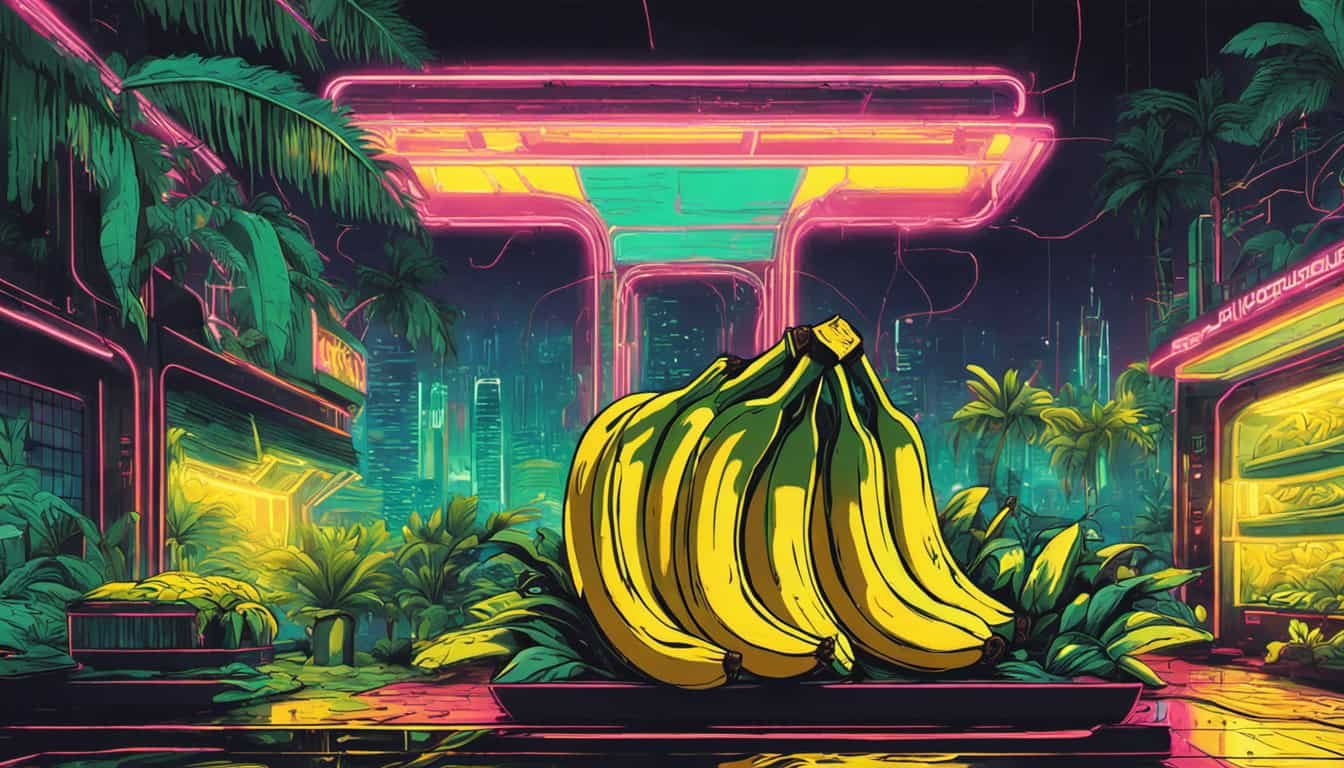
Biodiversity And Ecosystem Health
« The Story of the Cavendish Banana: From Discovery to Dominance – How It Became a Global Staple
Exploring the World of Banana Varieties: Beyond the Cavendish: Must-Try Bananas »
Lost banana varieties contribute to genetic diversity, which strengthens crop resilience against pests and diseases. Diverse cultivars support various pollinators and soil microorganisms, promoting healthy ecosystems. For example, different root structures from multiple banana types improve soil stability and nutrient cycling. Maintaining a wide range of banana genetics ensures that ecosystems remain balanced and adaptable to environmental changes.
Future Agricultural Innovations
Rediscovering forgotten banana varieties inspires agricultural innovations. Unique traits from lost cultivars can lead to disease-resistant and climate-tolerant banana plants. Breeders utilize genetic diversity to develop new hybrids with improved yield and flavor profiles. Additionally, these varieties offer new opportunities for developing diverse banana-based products and recipes, enhancing market variety. Incorporating lost banana genetics into modern agriculture ensures sustainable production and meets evolving consumer demands.
Conclusion
Exploring forgotten banana varieties has been an eye-opening journey for me. It’s amazing to think about the rich diversity that once thrived and how each cultivar had its unique charm.
I feel inspired to support the efforts that keep these lost bananas alive. By appreciating and promoting these varieties we can help preserve our agricultural heritage and ensure a more resilient future.
I encourage you to join me in celebrating these extraordinary bananas. Whether it’s trying a rare variety or spreading the word about their importance every little bit counts. Together we can make a difference and keep the legacy of these wonderful bananas intact.
Frequently Asked Questions
Why is banana diversity important?
Banana diversity is crucial for maintaining genetic resilience against diseases and climate change. Diverse cultivars offer a range of flavors, sizes, and growth habits, enriching culinary traditions and agricultural practices. Preserving various banana types ensures that farmers have access to traits like disease resistance and climate adaptability, which are essential for sustainable farming. Additionally, maintaining genetic diversity supports ecosystem balance by fostering beneficial interactions with pollinators and soil microorganisms. Overall, diverse banana varieties contribute to food security, cultural heritage, and environmental health.
What led to the decline of many banana varieties?
The decline of many banana varieties was primarily driven by monoculture farming practices that favored high-yield cultivars like Gros Michel and Cavendish. This approach reduced genetic diversity, making banana crops more susceptible to diseases and pests. Additionally, shifting market and consumer preferences favored uniform, aesthetically pleasing bananas, marginalizing lesser-known varieties. Climate change introduced unpredictable weather patterns and increased pest threats, further challenging the cultivation of non-dominant varieties. These factors combined to diminish the presence of unique banana cultivars in global agriculture.
What are some notable forgotten banana varieties?
Several notable banana varieties have been lost or are endangered, including:
- Gros Michel: Once the dominant export banana, known for its rich flavor.
- Goldfinger: Appreciated for its resistance to diseases.
- Red Dacca: Recognized by its reddish peel and sweet taste.
- Blue Java: Famous for its ice cream-like texture and flavor.
- Praying Hands: Distinctive for its stacked, elongated fruit.
These cultivars were significant for their unique characteristics and contributions to culinary and agricultural practices before their decline.
How did bananas spread globally?

Bananas originated in Southeast Asia over 7,000 years ago and spread globally through trade routes and exploration. During the Age of Exploration, European traders established banana plantations in tropical regions like the Caribbean, Central America, and Africa to meet growing demand. Advances in transportation and cultivation techniques, such as grafting and selective breeding in the 20th century, facilitated the mass production and distribution of bananas. This global spread made bananas a staple fruit worldwide, although it also led to the dominance of a few key varieties.
What are the modern challenges facing banana farming?
Modern banana farming faces several challenges, including:
- Climate Change: Alters growing conditions and increases vulnerability to extreme weather.
- Diseases: Pathogens like Panama disease threaten major banana varieties.
- Pest Infestations: Increased pest pressures reduce crop yields.
- Genetic Vulnerability: Monoculture practices limit genetic diversity, making crops more susceptible to threats.
- Market Pressures: Consumer preference for uniform bananas limits the commercial viability of diverse cultivars.
These challenges threaten the sustainability and diversity of banana production globally.
What efforts are being made to preserve banana diversity?
Efforts to preserve banana diversity include:
- Conservation Programs: Institutions like Bioversity International’s International Musa Germplasm Transit Centre maintain extensive collections of banana accessions.
- Botanical Gardens: Facilities such as the Royal Botanic Gardens, Kew, cultivate and study rare banana cultivars.
- Seed Banks: Repositories like the Svalbard Global Seed Vault protect genetic material against loss.
- Local Initiatives: Farmers and communities engage in agrobiodiversity projects to reintroduce and cultivate traditional banana varieties.
- Community-Supported Agriculture: Programs promote heritage bananas by connecting consumers directly with growers.
These initiatives aim to safeguard genetic diversity and support agricultural resilience.
How can local communities help revive forgotten banana varieties?
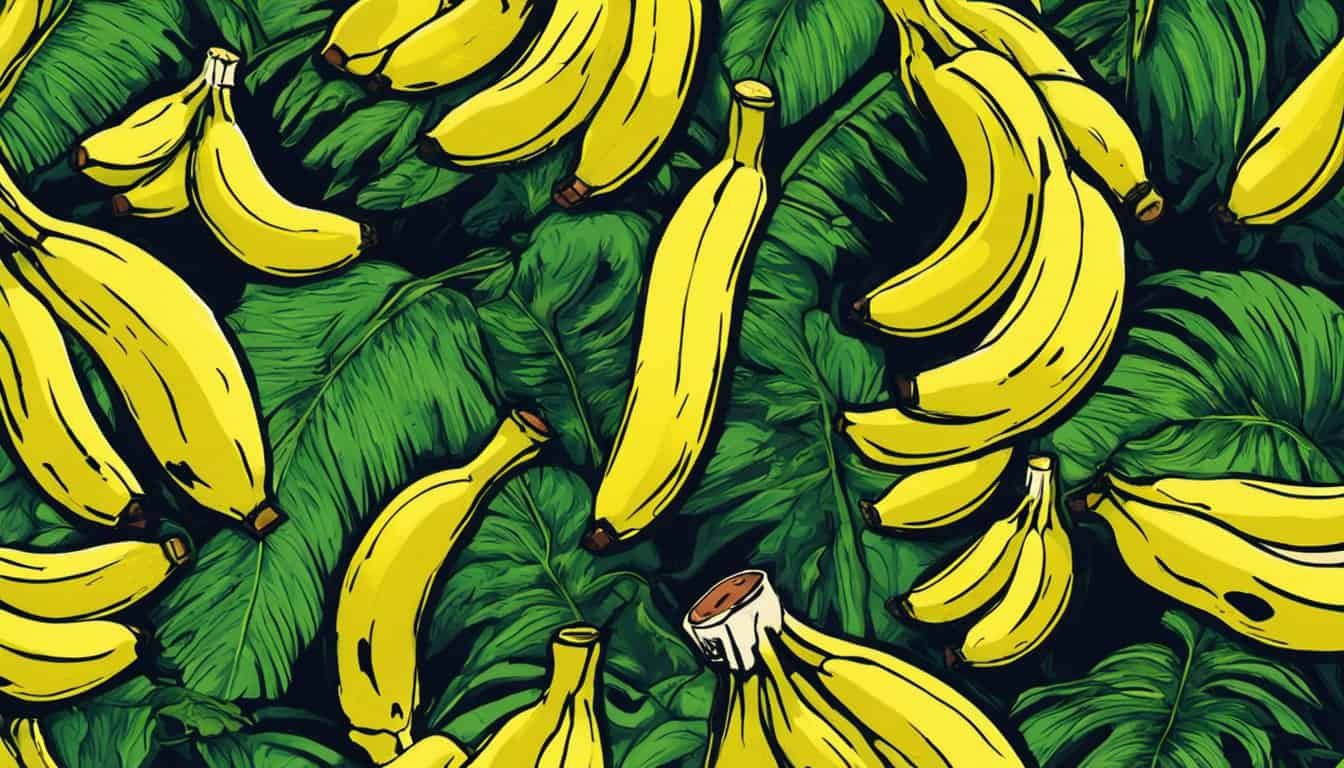
Local communities can revive forgotten banana varieties by:
- Cultivating Traditional Varieties: Planting and maintaining diverse banana cultivars on farms.
- Participating in Agrobiodiversity Projects: Engaging in efforts that promote the reintroduction of heritage bananas.
- Supporting Community-Supported Agriculture: Connecting directly with consumers to market traditional bananas.
- Educating and Raising Awareness: Informing others about the importance of banana diversity and its benefits.
- Collaborating with Conservation Programs: Partnering with institutions to access and preserve rare cultivars.
These actions help sustain and revive diverse banana populations while fostering cultural and economic viability.
What is the significance of genetic diversity in bananas?
Genetic diversity in bananas is vital for several reasons:
- Disease Resistance: Diverse genes provide resilience against pathogens and pests.
- Climate Adaptability: A range of genetic traits allows bananas to withstand varying environmental conditions.
- Crop Resilience: Diverse cultivars enhance overall crop stability and reduce the risk of widespread failures.
- Agricultural Innovation: Unique genetic traits can lead to the development of new, improved banana varieties.
- Ecosystem Support: Genetic diversity supports beneficial interactions with pollinators and soil organisms.
Maintaining genetic diversity ensures the long-term sustainability and productivity of banana cultivation.
What role do botanical gardens play in banana preservation?
Botanical gardens play a crucial role in banana preservation by:
- Cultivating Rare Varieties: Growing and maintaining diverse banana cultivars.
- Research and Study: Conducting scientific research to understand and improve banana genetics and cultivation.
- Exhibiting Diversity: Showcasing a wide range of banana types to educate the public and raise awareness.
- Collaborating with Conservation Programs: Partnering with global initiatives to exchange and preserve genetic material.
- Providing Seed Access: Supplying seeds and plant material to farmers and researchers for preservation and revival efforts.
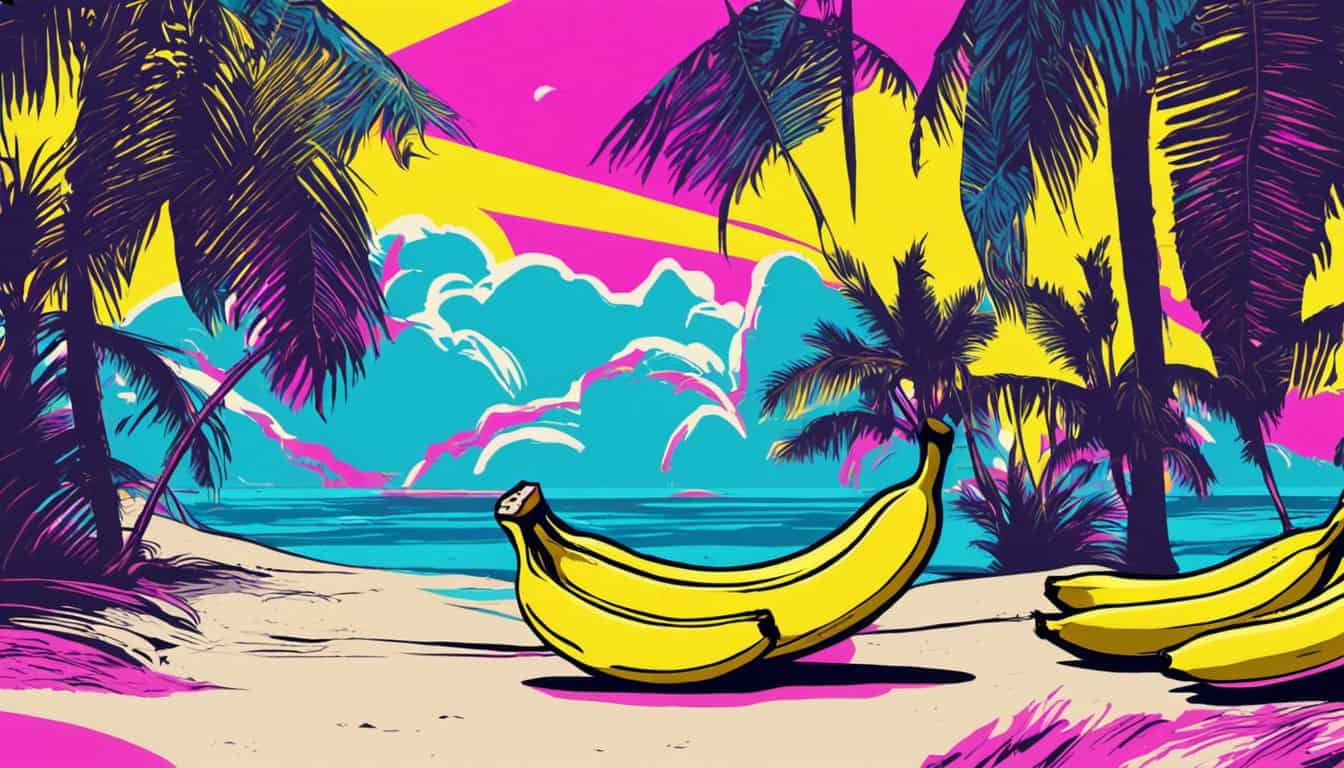
These activities help ensure the survival and accessibility of diverse banana varieties.
How does preserving banana diversity benefit ecosystems?
Preserving banana diversity benefits ecosystems by:
- Supporting Biodiversity: Diverse banana cultivars provide habitats and food sources for various species, including pollinators and soil microorganisms.
- Enhancing Soil Health: Different growth habits and root structures contribute to soil structure and fertility.
- Promoting Ecosystem Resilience: Diverse plant species increase the ability of ecosystems to withstand environmental changes and stresses.
- Maintaining Natural Balance: A variety of banana types helps sustain ecological interactions and processes.
- Contributing to Carbon Sequestration: Diverse vegetation supports carbon storage and climate regulation.
Overall, banana diversity plays a key role in maintaining healthy and balanced ecosystems.
What is the future of banana cultivation?
The future of banana cultivation involves:
- Emphasizing Genetic Diversity: Shifting away from monoculture to cultivate a wider range of banana varieties.
- Developing Disease-Resistant Varieties: Using genetic resources to breed bananas that can withstand emerging diseases.
- Adapting to Climate Change: Selecting and cultivating varieties that are resilient to changing environmental conditions.
- Sustainable Farming Practices: Implementing agroecological methods to enhance soil health and reduce pest pressures.
- Supporting Conservation Efforts: Investing in programs that preserve and revive forgotten banana cultivars.
- Innovative Breeding Techniques: Utilizing biotechnology and selective breeding to improve banana traits.
These strategies aim to create a more resilient, diverse, and sustainable banana industry.













